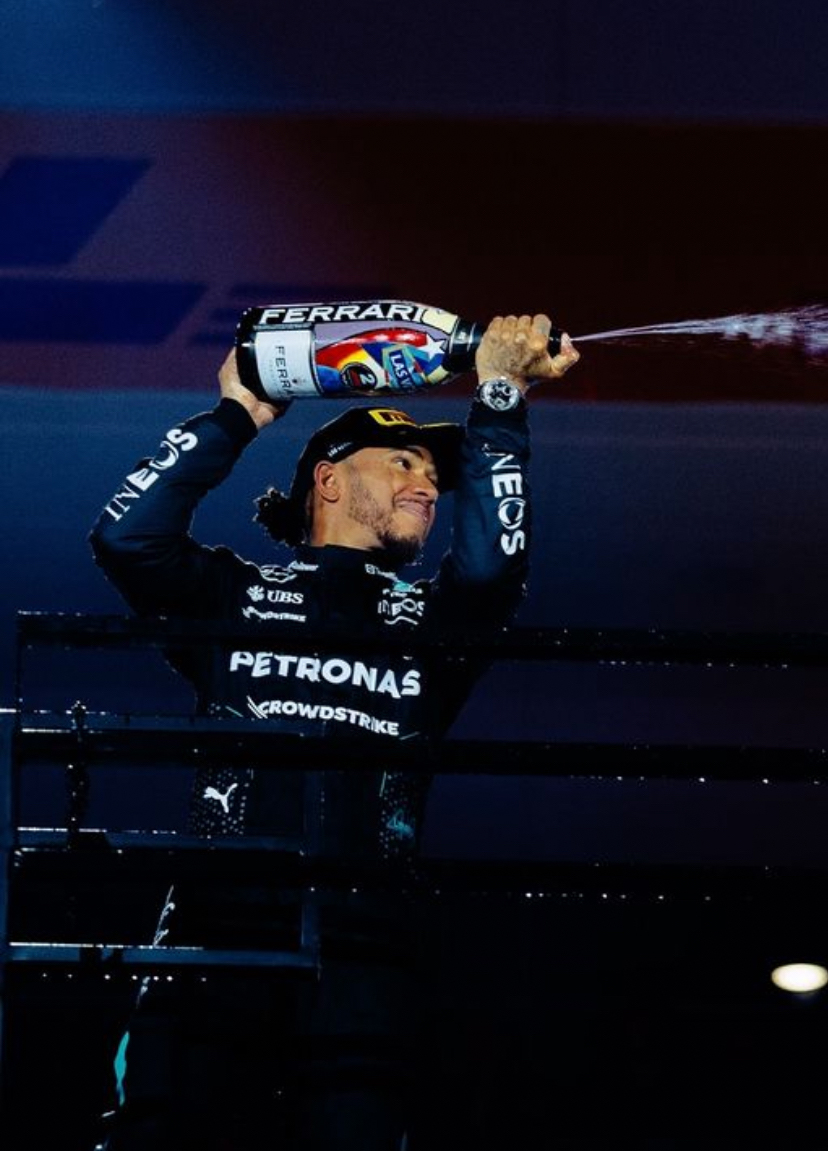The Art of Tire Warm-Up: How F1 Drivers Prepare for the Perfect Qualifying Lap?

Formula 1 World Champions: A legacy of racing legends
How do drivers manage tire warm-up during qualifying?
Explore how F1 drivers master tire warm-up techniques during qualifying to maximize grip and performance. Discover the science and strategy behind achieving the perfect flying lap.
In Formula 1, every millisecond counts, and properly warming up tires during qualifying is critical for achieving peak performance. Drivers must ensure their tires are in the optimal temperature range to maximize grip and deliver a flawless flying lap. This intricate process combines precision driving, real-time adjustments, and strategic teamwork.
Why Tire Warm-Up Matters in Qualifying
Tires are the only connection between an F1 car and the track. Their performance depends heavily on temperature. Cold tires lack grip and slide across the surface, while overheated tires degrade quickly, reducing performance. Drivers must bring their tires into a narrow operating window where they provide maximum grip, a process that begins on the out-lap.
The Challenges of Tire Warm-Up
1. Balancing Front and Rear Temperatures
Uneven tire temperatures can cause handling imbalances, such as understeer or oversteer. Drivers must ensure all four tires reach the optimal temperature for a stable car.
2. Changing Track Conditions
Track temperature, surface type, and weather conditions all affect tire warm-up. Cooler or damp conditions make it particularly challenging to achieve the correct temperatures.
3. Traffic and Timing
Traffic on the out-lap can disrupt a driver’s warm-up routine, while mistiming the lap can lead to starting the flying lap at suboptimal conditions.
Techniques for Effective Tire Warm-Up
1. Weaving on the Out-Lap
Drivers weave side-to-side on straights to generate heat through tire deformation. This technique is particularly effective on circuits with long straights, such as Spa and Monza.
2. Braking Zones
Hard braking heats the front tires and transfers heat from the brakes to the rubber. Tracks like Bahrain and Montreal, with heavy braking zones, provide excellent opportunities for this method.
3. Accelerating and Sliding
Controlled acceleration and slight sliding of the rear tires warm the rear rubber. However, excessive sliding must be avoided to prevent uneven wear or overheating.
4. Energy Deployment
Teams optimize the car’s hybrid energy system to control power delivery during the warm-up phase, ensuring efficient tire preparation without compromising the flying lap.
Track-Specific Strategies
1. Monaco
The slow, twisty layout requires aggressive weaving and braking to warm the tires effectively. Drivers must be precise to avoid overheating in the tight corners.
2. Silverstone
High-speed corners naturally generate heat, so drivers adopt a less aggressive warm-up strategy to prevent overheating the tires before the flying lap.
3. Interlagos (Brazil)
The undulating circuit with mixed straight-to-corner sections requires a balanced warm-up approach, combining weaving and braking techniques.
The Role of Engineers and Strategy
1. Tire Preparation
Engineers monitor tire temperatures in real-time, guiding drivers on the optimal warm-up procedure. Practice sessions are used to refine the process for qualifying.
2. Track Positioning
Teams carefully time out-laps to ensure drivers have clear track space for proper tire preparation. Being caught in traffic can compromise both the warm-up and flying laps.
3. Weather Monitoring
Weather conditions, such as sudden temperature drops or drizzle, require teams to adjust tire pressures and warm-up routines to maintain performance.
Iconic Moments of Tire Warm-Up Mastery
Lewis Hamilton at Silverstone 2020: Hamilton’s exceptional warm-up routine helped him set a blistering pole lap, despite challenging wind conditions.
Max Verstappen at Abu Dhabi 2021: Verstappen’s precisely managed warm-up, supported by teammate Sergio Pérez’s strategic positioning, ensured his tires were primed for a record-breaking lap.
Conclusion
Tire warm-up during qualifying is a delicate balance of art and science, combining driver skill, engineering precision, and strategic timing. While fans may view the out-lap as a warm-up act, it is a crucial component of the show, where the pursuit of perfection begins and the foundation for a successful flying lap is laid.
Up Next


